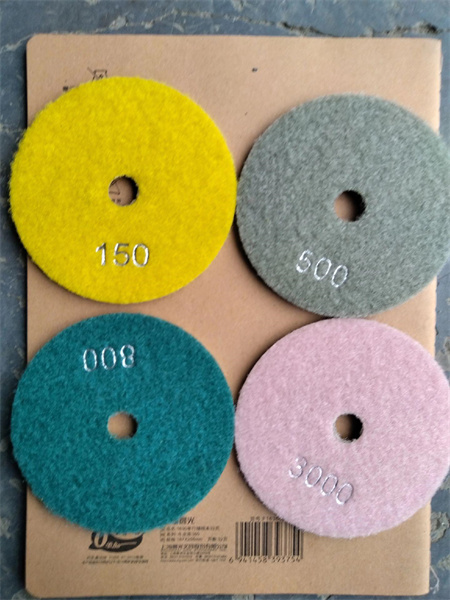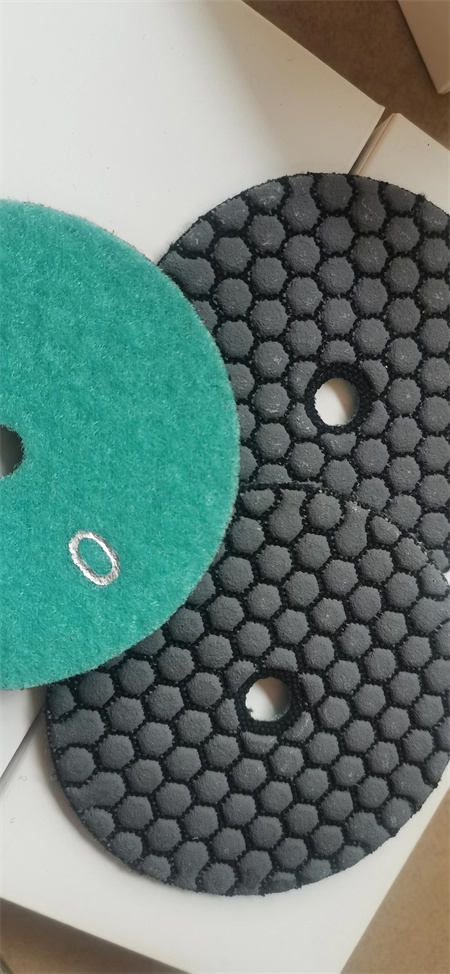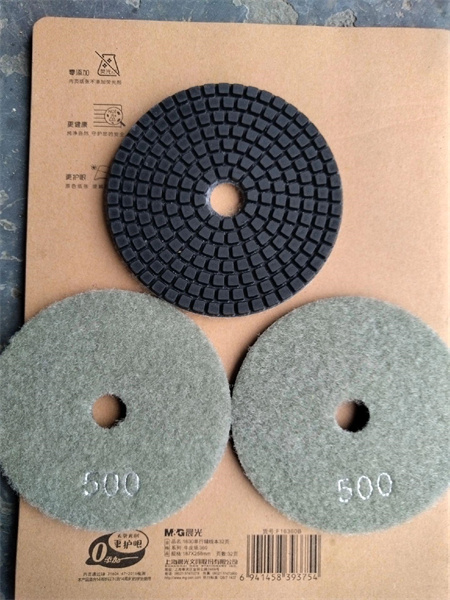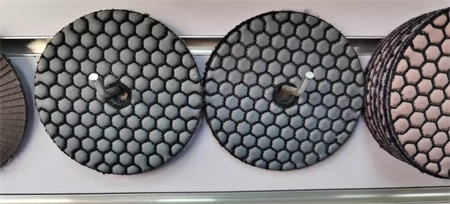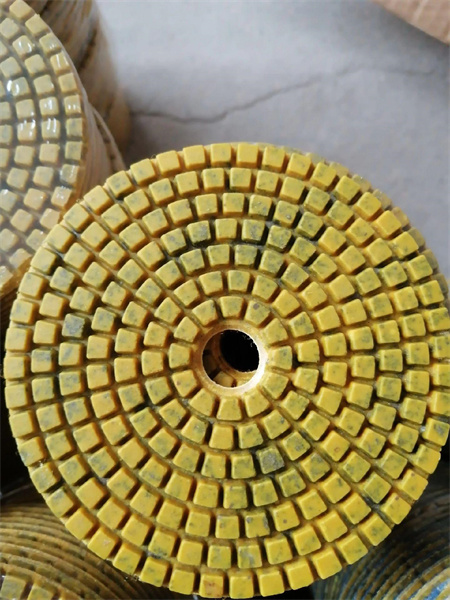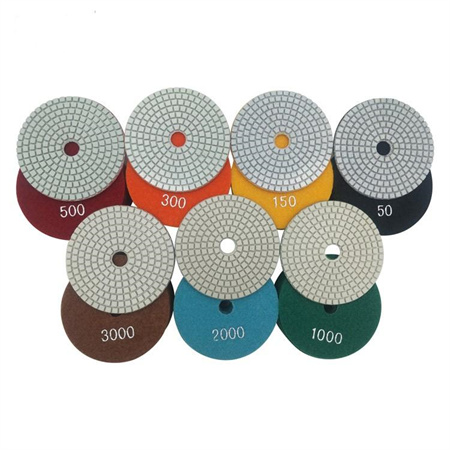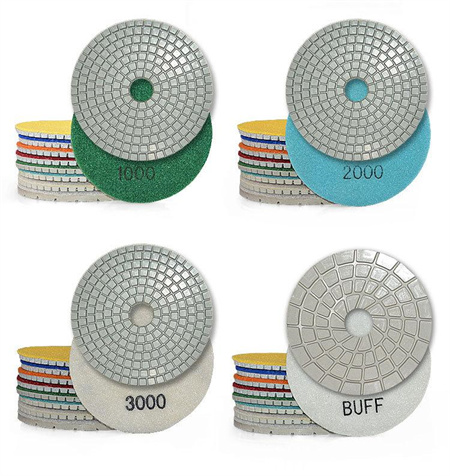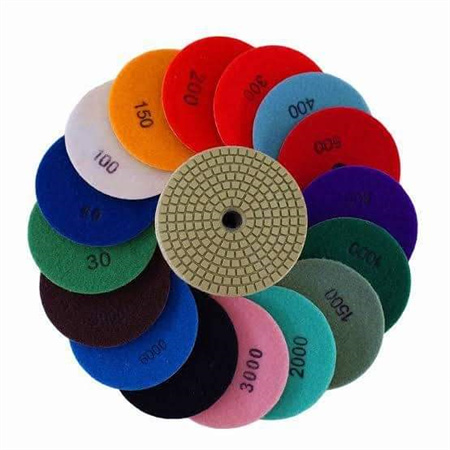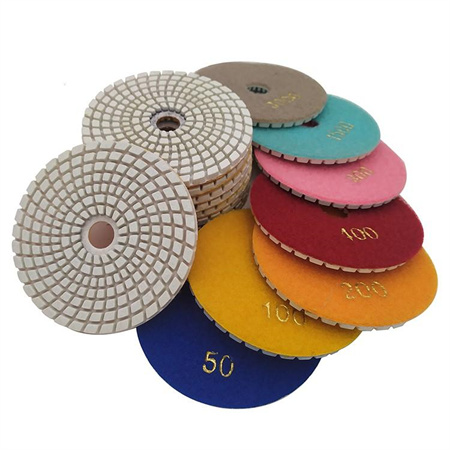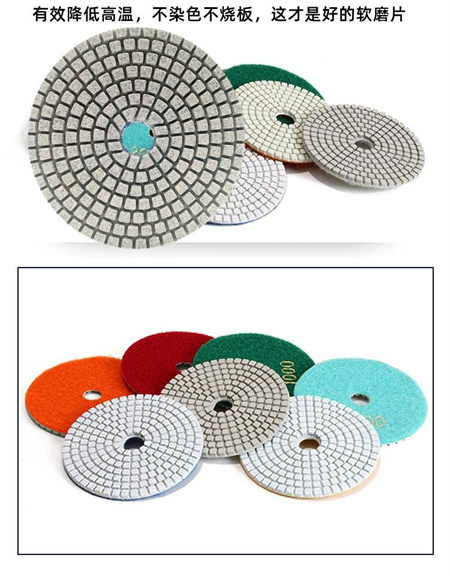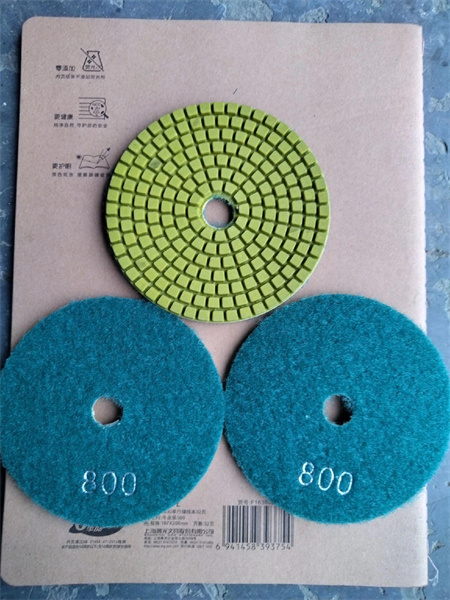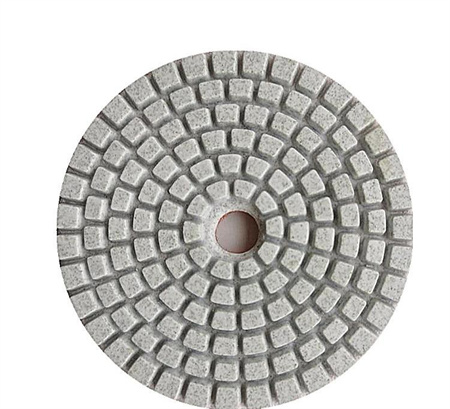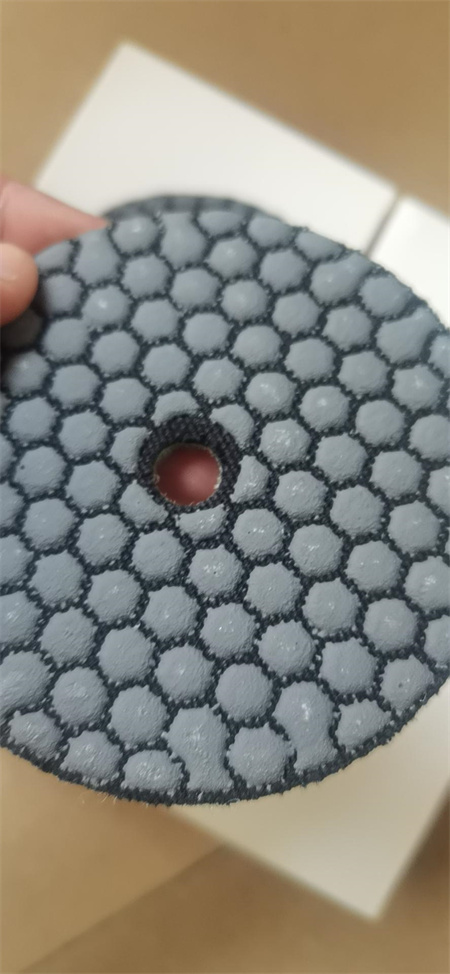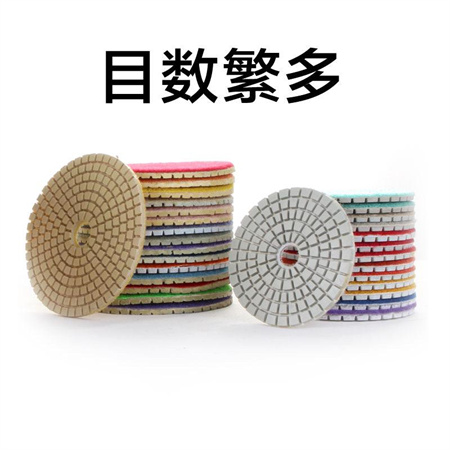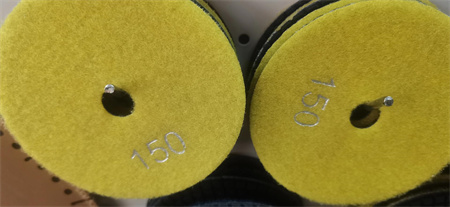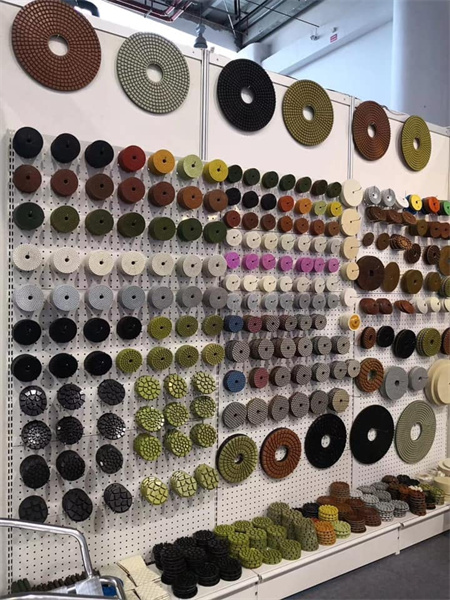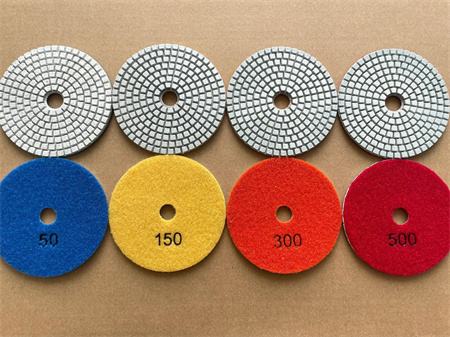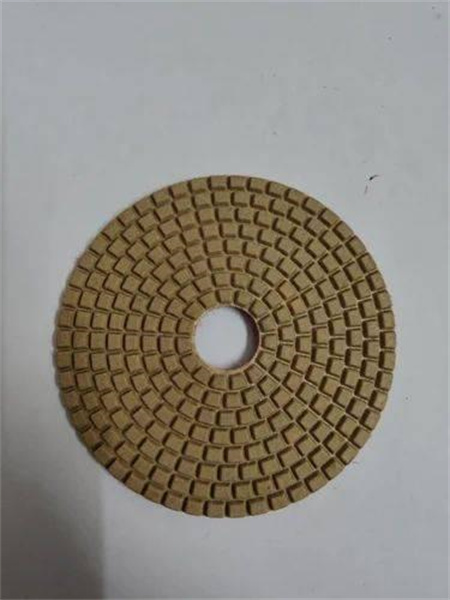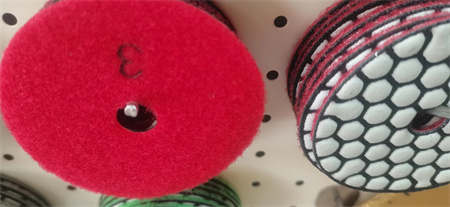Using Videos to Demonstrate Diamond Pad Applications
When it comes to showcasing the versatility and effectiveness of diamond pads, there’s no better way to engage customers than through the power of video. While product descriptions and images certainly have their place, videos provide a dynamic platform to demonstrate exactly how these tools perform in real-world conditions. Whether you’re in the business of floor restoration, polishing, or any other field where diamond pads are essential, using videos can transform the way you educate and connect with your audience.
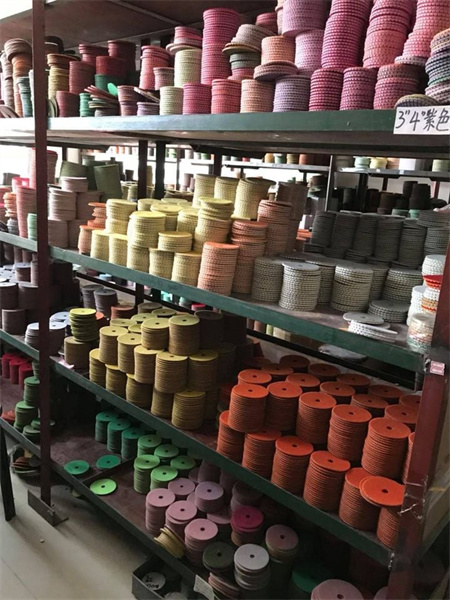
For instance, a video can take a viewer through the entire process of floor restoration. From preparation to the final finishing touches, a demonstration can showcase how diamond pads handle everything from heavy-duty grinding to delicate polishing. Through this visual representation, viewers can gain confidence in how the diamond pads perform under different conditions. They can also witness firsthand how efficient and precise the tools can be, making their investment feel worthwhile.
What makes video particularly powerful is its ability to capture the nuance of a diamond pad’s functionality. Often, it’s the subtle details that separate a high-quality product from an average one. A close-up shot of the pad in action, highlighting its smooth operation and even wear, provides insights that are hard to convey through text alone. This tactile element, combined with clear, concise narration or captions, makes it easy for your audience to understand the advantages of using your diamond pads.
Beyond simply demonstrating how diamond pads are used, videos offer a chance to tell a story. Instead of simply focusing on the mechanics, you can incorporate customer testimonials or before-and-after visuals to illustrate the transformative power of the product. Perhaps a homeowner is restoring a marble countertop, or a business owner is polishing concrete floors in a high-traffic area. By showing real-life scenarios, you add a human element that resonates with viewers, making them feel more connected to the product.
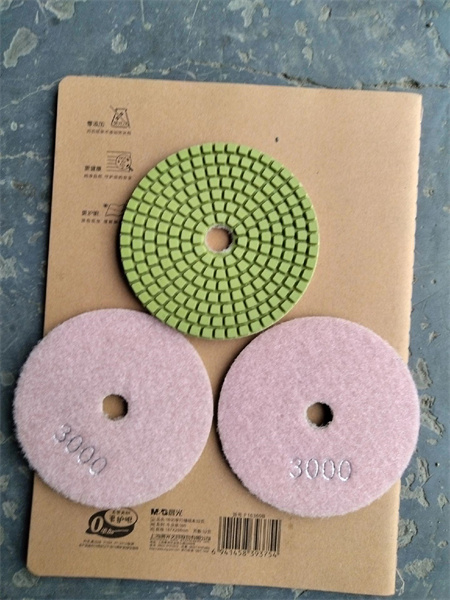
Another advantage of using videos to demonstrate diamond pads is the opportunity for easy updates. As new models or variations of diamond pads are introduced, videos can be quickly adapted to showcase the latest features and improvements. A quick update ensures that your content stays fresh and relevant, without requiring a complete overhaul of the website.
Moreover, videos offer an interactive dimension that text simply can’t match. For example, you can create tutorials that allow users to pause and rewind, giving them the ability to learn at their own pace. Offering a series of step-by-step instructional videos also allows you to break down the complexities of diamond pad applications into digestible chunks. By providing this type of user-friendly content, you not only increase customer satisfaction but also position yourself as an authority in the field.
For businesses that operate globally or cater to diverse audiences, videos are also a great way to overcome language barriers. With subtitles or voiceovers in multiple languages, you can broaden your reach and appeal to a wider customer base. This inclusivity can lead to stronger relationships with international customers and enhance brand loyalty.
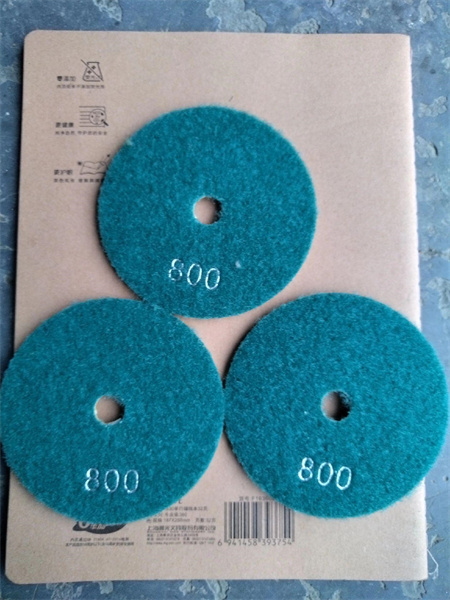
In conclusion, videos have become an indispensable tool for businesses looking to demonstrate the true value of their products. When used strategically, videos can showcase the capabilities of diamond pads in an engaging, informative, and visually captivating way. Whether you’re aiming to educate, build trust, or enhance SEO, video content is a powerful medium that can take your marketing to the next level. So, if you haven’t already, it’s time to start harnessing the power of video to show your customers just how much diamond pads can do.
